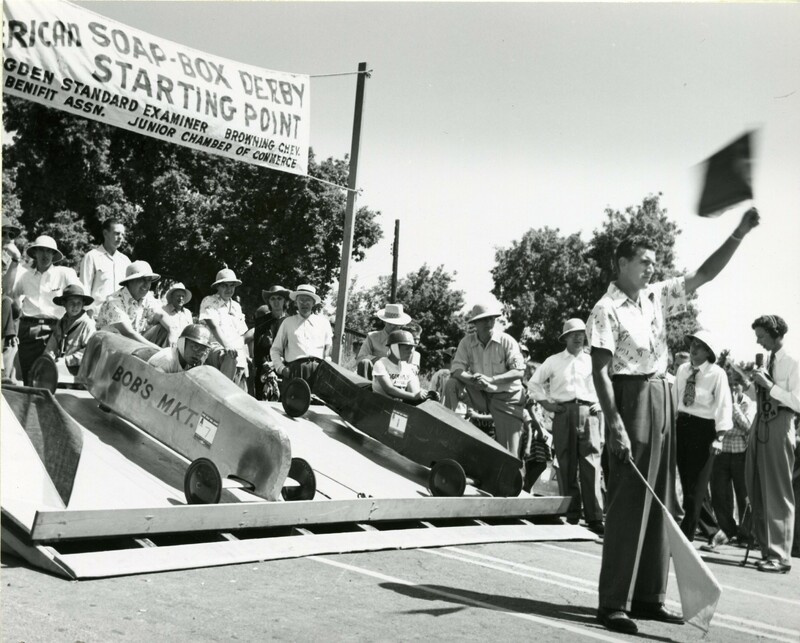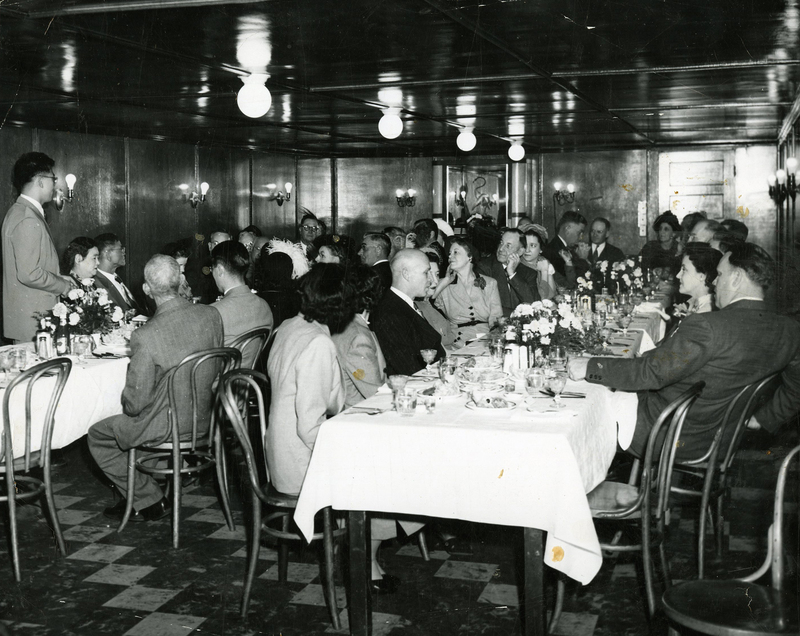Postwar Years
The postwar years in Northern Utah reflected much of what was happening throughout the United States. It was a time of economic growth, advancing technologies, and a growing civil rights movement. Ogden’s downtown was a thriving district. Popular shops like Nye’s, JC Penney, and Bon Marche brought shoppers from all over the area. Railroad travel remained popular in the 1950s and 1960s, bringing tourists as well. Despite the popularity of the downtown area, growing concerns about vice on 25th Street led to raids and other efforts to “clean up” downtown.
Local military installations remained an important part of Northern Utah’s economy through the Vietnam War. Both the space race and Cold War brought on the development of new technologies, including advances in air craft and computers.
After a brief postwar lull, membership in Ogden’s NAACP grew, and the organization campaigned heavily for equal housing opportunities. SOCIO, the Spanish-Speaking Organization for Community Integrity and Opportunity, was organized in 1969. They advocated for migrant workers and Spanish-speaking individuals all over the state. Many indigenous people had left the reservations during World War II to join the military and to work in factories and depots. After the war, a significant number did not return, instead choosing to integrate into white society. Education and employment opportunities were more readily available in the cities, but they also faced the challenge of maintaining their cultural identity.
By the late 1960s, railroad travel had become less popular as automobile and airplane travel became more common. Fewer trains coming through the city caused a significant decline in Ogden’s economy. The majority of passenger rail service ended in the 1970s, and Union Station was turned over to Ogden City to become a museum in 1977.



